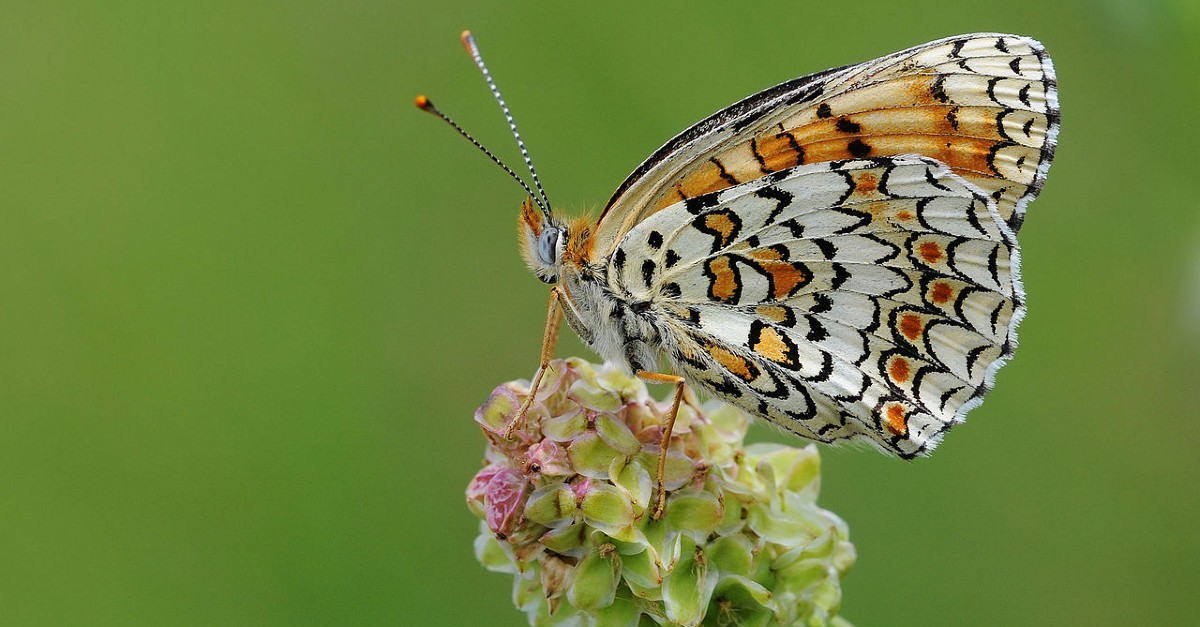There’s a small walking trail near my home where I frequently go to relax. It’s nothing extraordinary, just a little park with a gravel path in the middle of a small suburb, but each time I visit I always leave feeling refreshed. There are so many wonders to be found on this little path. Garter snakes sunning themselves, sweeping trees that offer plenty of shade, I once even saw a flock of wild turkeys in the tall grass. Nature is truly a thing of beauty, and it’s important that we take the time to appreciate it.
For many educators, nature also provides us with a wealth of learning opportunities. More and more we’re starting to see how getting students to engage with nature can foster a mindset of curiosity, creativity, and critical thinking. It creates space for unstructured play and allows students to witness science up close. While schools may be closed for summer, this shouldn’t dissuade us from thinking about how we can nature in future lessons.
Stepping Outside
Looking ahead, we need to consider strategies and lessons that can introduce our students to nature. Here are just a few ideas educators can use in the coming school year:
Simple Questions: The easiest strategy to employ is to simply let students voice their own questions and wonderings. Why is the sky blue? What does a ladybug eat? Why does poison ivy make us itch? Let them think aloud and consider the world around them. These ideas can serve as the basis for a practical, engaging lesson. Let them wonder and then build their education around their questions.
Hands-on PBL: Project-based learning is an excellent way to introduce students to the importance of nature. Projects like Blue Apple’s State of Sustainability and What’s in Your Water encourage students to look at their local community and consider how they can better promote a healthy, clean environment. Whether by testing their water sources for contaminants or by highlighting what flora and fauna inhabit their state, the opportunities to make a positive impact are limitless.
Real-world Connections: Society is filled with countless groups and individuals who are working to protect our environment. Many would love to hear from your students! Consider reaching out to nonprofits like Keepers of the Springs for a discussion on preserving out natural resources or to join a local clean up. You could also skype a scientist and get firsthand knowledge from the people working to change the world.
Create a Butterfly Garden: This low-key strategy offers students a chance to take on some responsibility while also fostering teamwork and communication. Work with students to build a butterfly garden on the school premises and try to attract caterpillars by planting milkweed. Have students water the plants and keep an eye out for any cocoons. This creates a natural lesson for the importance of pollinators.
Remember – Have Fun!
Giving our students the opportunities to get outside and be one with nature will get them asking questions, finding solutions, and taking on new challenges that simply may not have been identified or grappled with in the traditional classroom setting. So, when school resumes, let’s be sure to spend a few days in the great outdoors. Your students are sure to thank you for it.
*Image courtesy of Zeynel Cebeci via Wikimedia commons.

